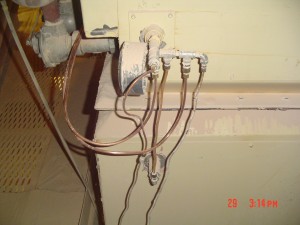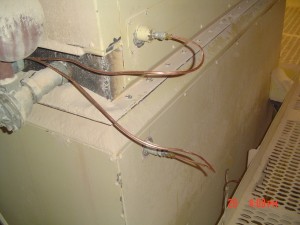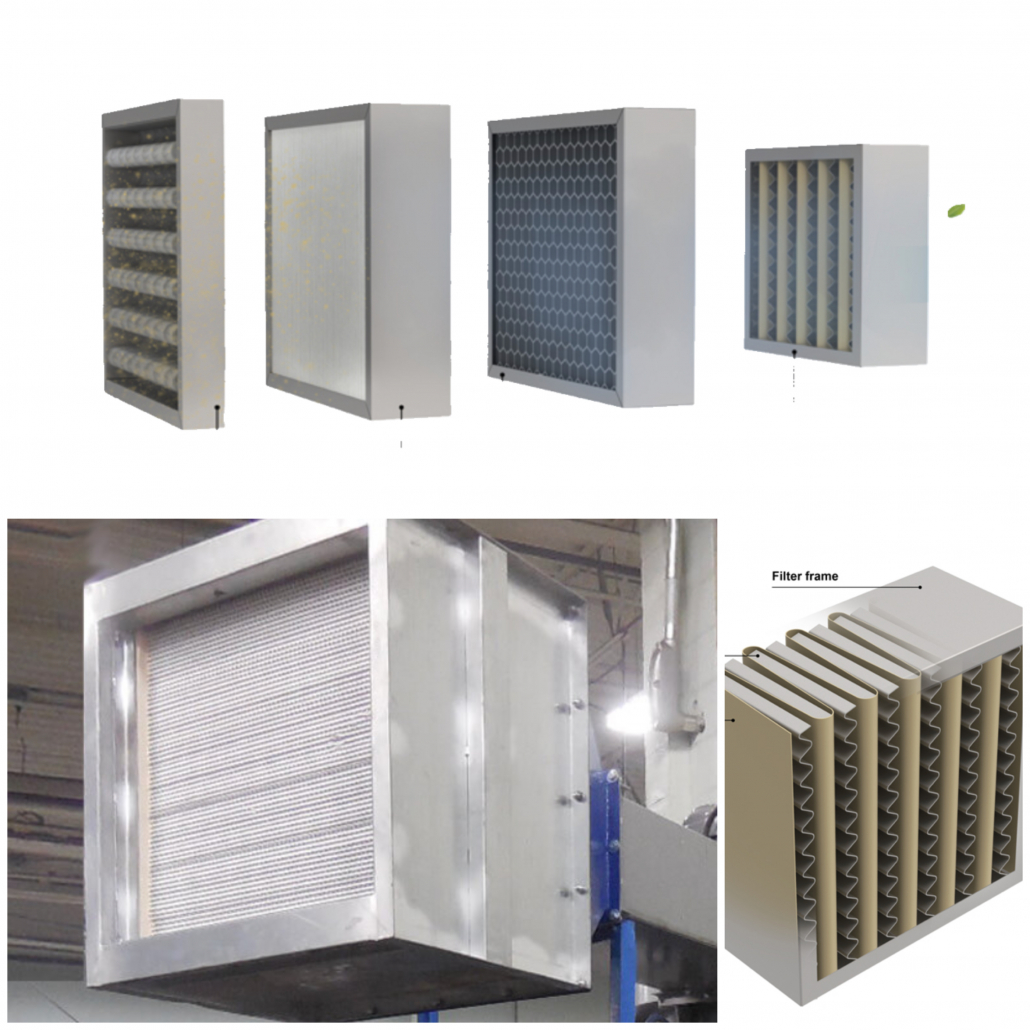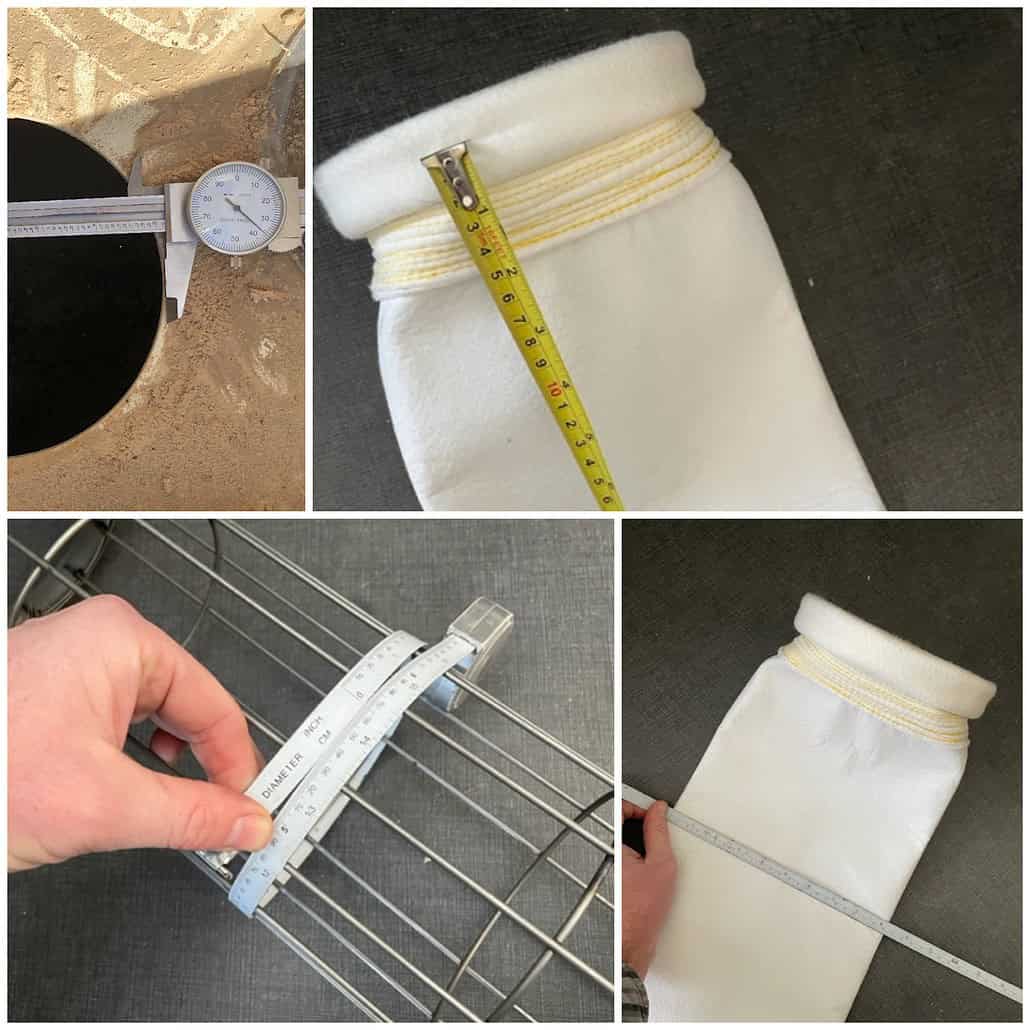For baghouses to run efficiently, trustworthy differential pressure readings are required. How can you tell if your DP readings are accurate? What can you do if you suspect you are receiving false readings? This second article in our series on baghouse differential pressure will answer that question.
By Dominick DalSanto
Baghouse Technology Expert and Sales Director
Baghouse.com
Why Worry About False Differential Pressure Readings?
As we mentioned in our previous article in this series, having accurate differential pressure readings is essential to operating your baghouse correctly, and efficiently. Operators base almost all of their operational decisions on baghouse DP. If they are given incorrect readings it could result in damage to the system, increase emissions, or even fire and combustible dust hazards.
For example, assume that a unit is giving readings that are lower than they actually are, 3″ w.g. when it really is running at 8″. Because the operator sees such a low reading, he could now make several incorrect operating choices that could have very severe consequences. He may take this low DP reading to mean that his filters are in good condition and do not need to be replaced. With blinded bags, he could begin seeing decreased system performance. Or perhaps his bags could begin producing higher emissions levels thus causing the plant to exceed its air permits, potentially leading to heavy fines and sanctions.
While we cannot detail every possible problem that could arise from this, the point is clear. So what can and maintenance personnel do if they they are receiving incorrect DP readings?
How To Troubleshoot Differential Pressure
Maintenance personnel should examine the DP instruments and determine if there is any obvious problem. Lose connections, backwards connections, and obviously broken gauges are common enough that they should be expected. Other times, maintenance personnel will need to troubleshoot the instruments to diagnose and remedy less conspicuous issues.
Maintenance personnel will need to determine whether the individual pressure gauges are faulty, or simply have blocked lines coming into them. We recommend the following troubleshooting procedure:
- Disconnect all gauges, controller boards, etc., from air lines coming from the collector.
- Using compressed air, clean all air lines thoroughly, making sure to blow back into collector.
- Using a handheld DP gauge (a normal manometer with flex tube connectors will suffice), hook up the air lines from the collector to obtain the operating DP.
- Reconnect the newly-cleaned air lines to the controller board and/or pressure gauge.
- If the controller board/pressure gauge reads the same as the handheld gauge did after cleaning the lines, then the controller board pressure sensor and/or pressure gauge is working properly
- If the controller board/pressure gauge reads the differently than the handheld gauge did after cleaning the lines, then the controller board pressure sensor and/or pressure gauge is not working
- (For the baghouse-mounted DP gauge) Replace with new gauge.
- (For controller board) Contact manufacturer about possibility of replacing only the board’s pressure sensor.
- If not possible, replace entire board with new controller board.
- Remove all unnecessary line splitters, additional lines, and long runs, ensuring all gauges are located as close as possible to the air taps (within 10’ – 15’)
NOTE: When connecting the new gauge to the clean and dirty side lines, make sure to connect them to the correct ports on the gauge. They should be marked “HIGH” and “LOW”. Just remember, that if hooked up backwards, the needle will pull backwards, instead of giving a positive reading.
How To Prevent False DP Readings
It is important to remember that just because you fixed this problem once, it likely will come back again and again over the life of the baghouse. Inspecting and cleaning/repairing the DP gauges and air lines should be a regularly scheduled maintenance task for all baghouses.Industry best practices should be followed when installing the gauges and air taps to reduce the likelihood of fouling.
Notice in the picture to the right how the maze of lines coming in and out this DP gauge. Best practice is to have just one line from each side of the baghouse coming into the gauge. The lines should run in the most direct and shortest path possible. For this reason, avoid locating the gauges exceedingly far from the unit, such as in other rooms or other floors. Further, to avoid buildup in lines themselves, place the taps near the top corners in each side of the unit.
Also, using copper line as opposed to plastic or rubber tubing is preferable and we facilitate easy cleaning and is far more durable.
Once You Have Accurate Readings
With your now trustworthy readings in hand you can now begin consider what these readings in conjunction with other available information is telling your about your baghouse.Our next article in this series will examine how to understand your baghouse DP readings and use it to make wise operating decisions.
| Dominick DalSanto is an Author & Environmental Technologies Expert, specializing in dust collection systems. With nearly a decade of hands-on working experience in the industry, Dominick’s knowledge of the industry goes beyond a mere classroom education. He is currently serving as Sales Director at Baghouse.com. His articles have been published not only on Baghouse.com , but also on other industry related blogs and sites. In his spare time, Dominick writes about travel and life abroad for various travel sites and blogs.








